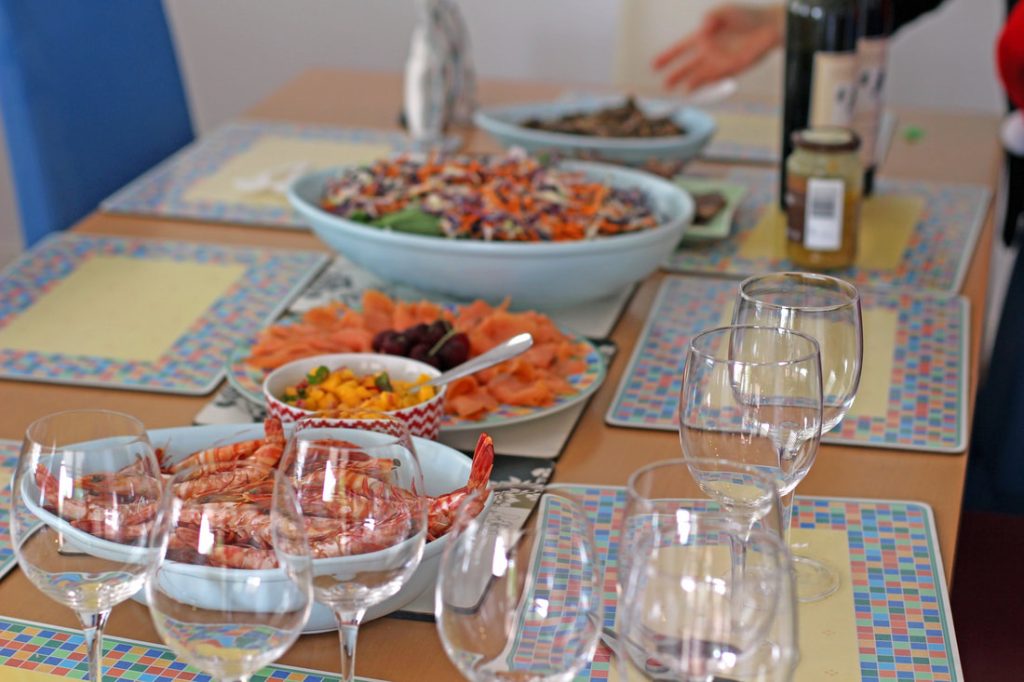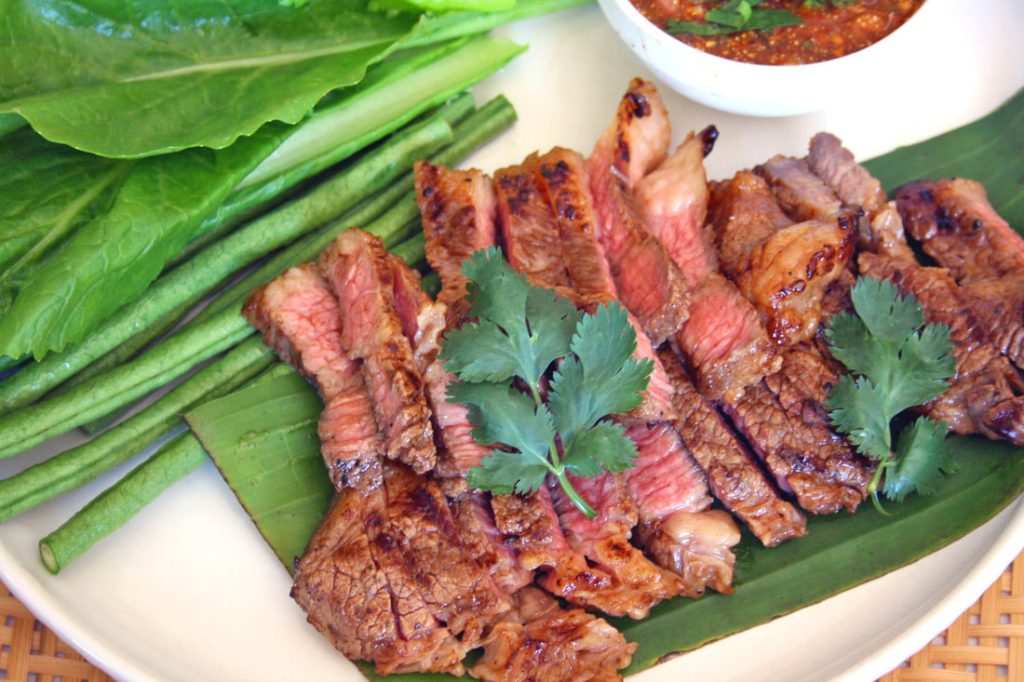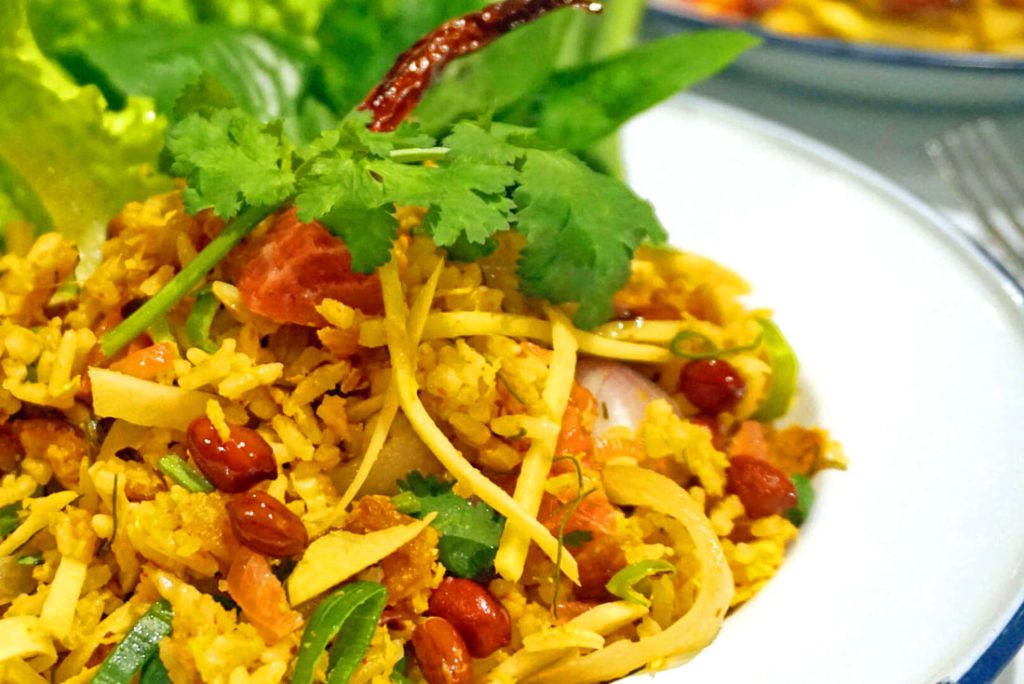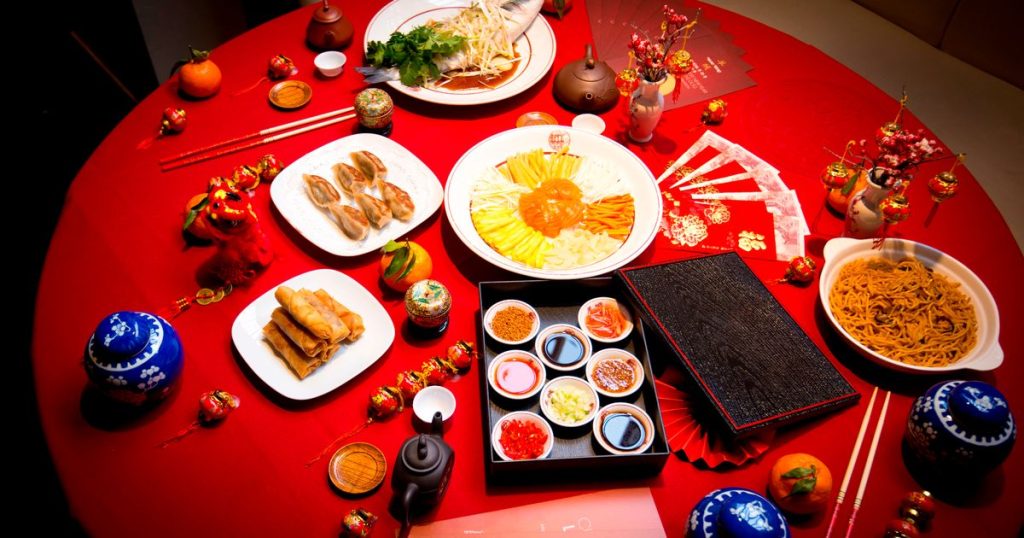Saa paper is never identical even it was made by the same person. Mulberry paper in Thailand is one of the purest forms of handmade products made by local for locals in every step of its production – Parita Nobthai of @thecrafthumpy
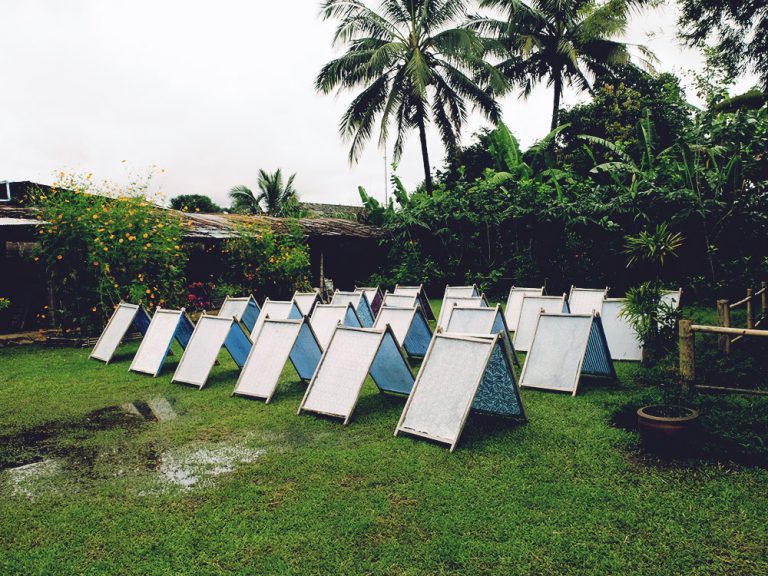
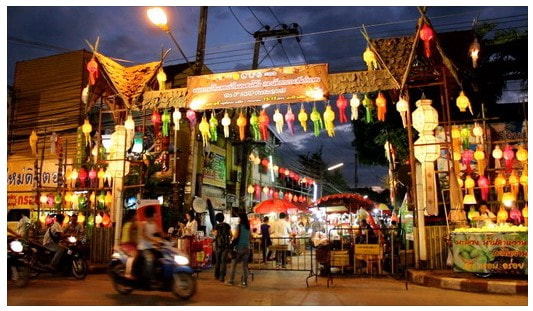
The village of Saa paper, Bann Ton Poa, Chaing Mai
Bann Ton Pao was originally an agricultural community but they also made mulberry paper when they had free time during their harvest season. The local wisdom of making mulberry paper has conveyed from their ancestor “Tai Khern” who migrated to the northern part of Thailand from China’s southwestern Yunnan province. Even if the villagers have similar techniques, each household has developed their own signature process, which differentiates Saa paper from others and that has become the uniqueness of mulberry paper.
Basically, the Saa making process consists of two mains parts. The first part is the preparation of mulberry fibre and the second part is shaping and decorating the paper. Both steps require technique, experience and creativity to produce good-quality mulberry paper for customers. Some households usually take care of the first part and then send it onto others in the village to complete the second part. Saa paper is never identical even it was made by the same person. Mulberry paper in Thailand is one of the purest forms of handmade products made by local for locals in every step of its production.
|
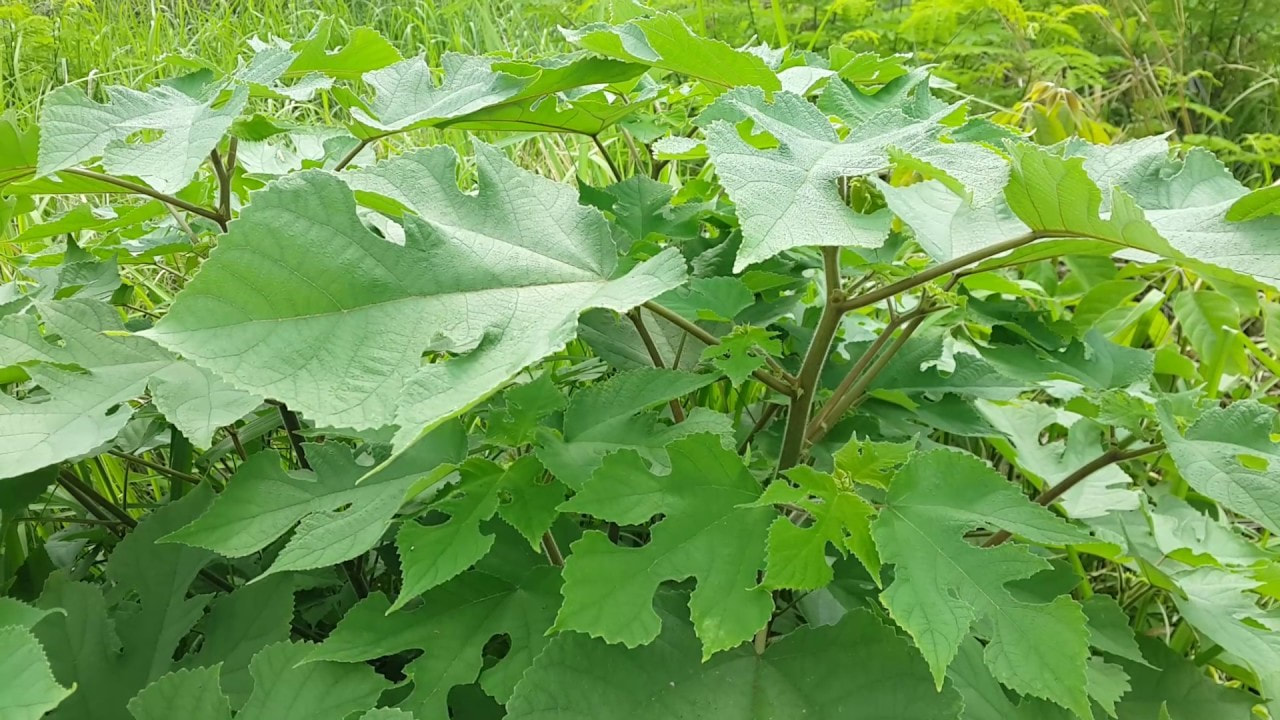 Mulberry Tree
|
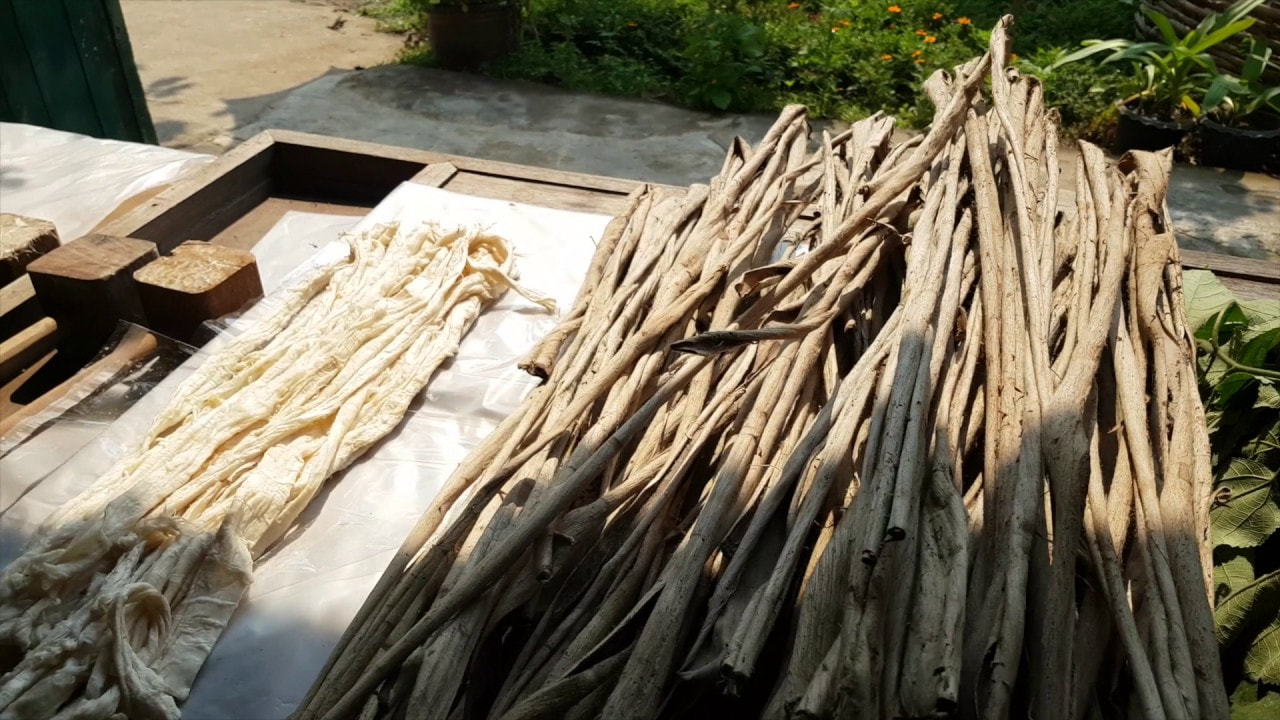 Mulberry Bark. Images from youtube.com
|
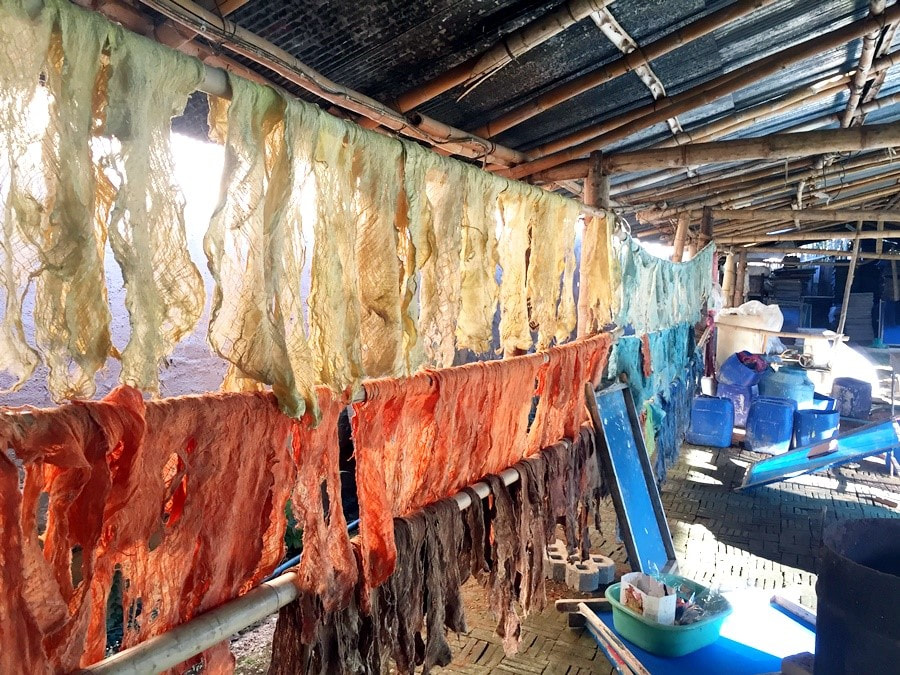
First step: preparation of mulberry fibre – make it last long
- Peel bark of mulberry tree which is called “Por Saa” and leave the bark outside until it completely dries
- Soak “Por Sa” from the previous step in water overnight until it turn very soft
- Boiling “Por Saa” with potassium peroxide for about 5 hours, then rinse with water
- Grinding “Por Saa” to get the fibre (Mulberry or Saa fibre is naturally coloured off-white and other colours are added to the Saa fibre at this step)
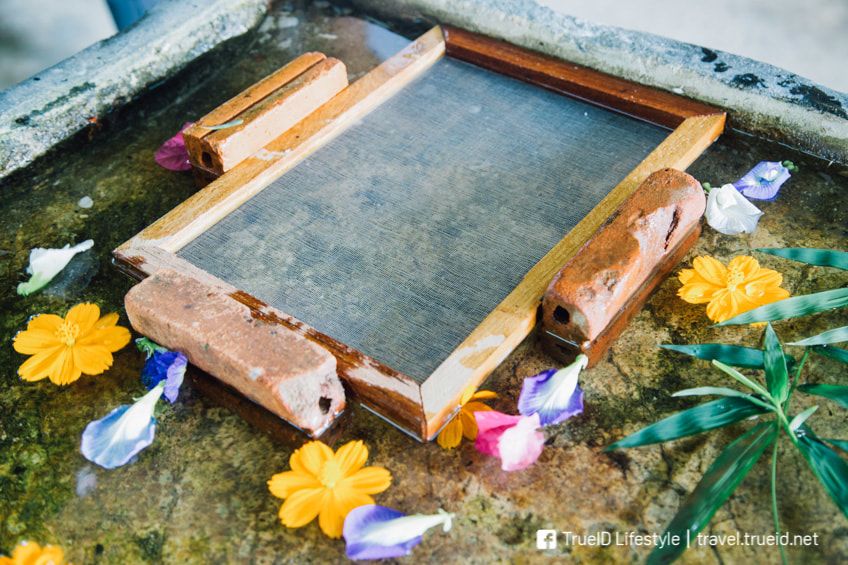 Wooden frames are the traditional equipment used to shape Saa paper, the size of each paper varies in the size of the frame.
|
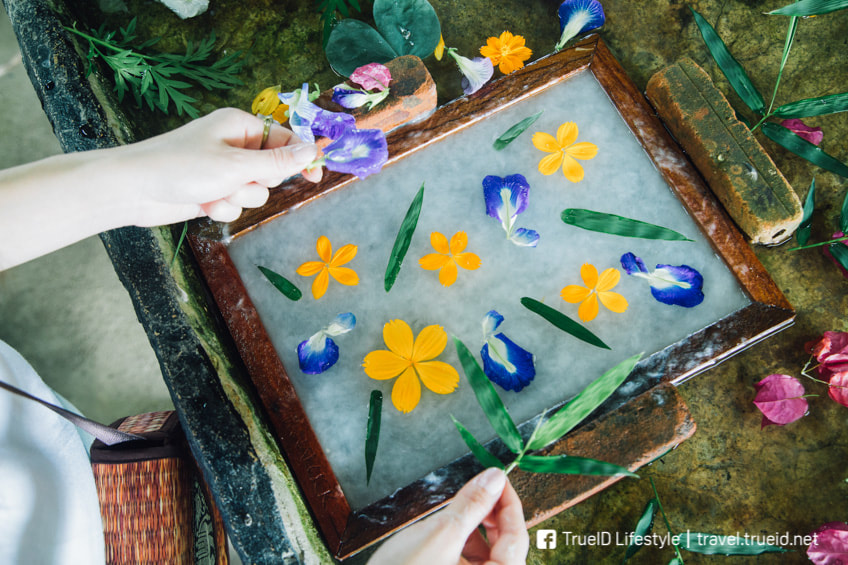 Each frame is attached with very fine plastic mesh as a base. Images from travel.trueid.net
|
Second step: shaping and decoration paper – make it beautiful
- Prepare decorating basin which is a shallow rectangular-shaped basin containing water
- Prepare a rectangular frame attached with very fine plastic mesh used as a base for Saa fibre (the size of the frame is size of the paper)
- Mix Saa fibre prepared earlier with homemade sticky-rice glue and water
- Spread fibre in the basin until the consistency of Saa fibre are similar
- Create unique patterns by adding some leaves, flowers and other materials on the frame
- Slowly take the frame out of decorating basin and let it dry in the sun
- Peel mulberry paper out and the frame can be reused for making more paper
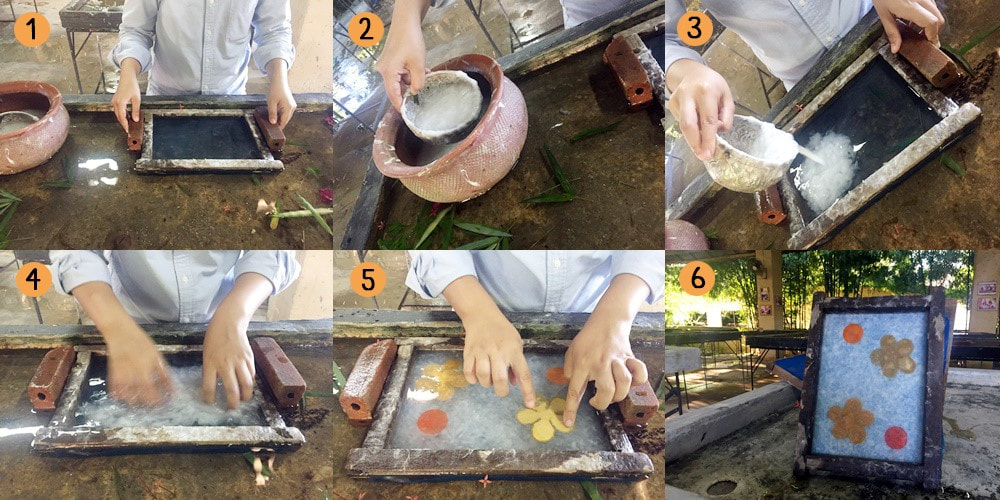

Technology, mulberry paper and other fibres you couldn’t imagine
Jinnaluck, the founder of Jinnaluck Co,Ltd took Saa making paper to the next level by combining technology, creativity and local wisdom. She applied the same technique of making mulberry paper with other local plant fibres such as ginger, galangal, Torch ginger, sugarcane, water hyacinth, banana, bird of paradise and lemongrass. Each plant has its advantage such as Vertiver grass which is good for making a smooth surface and easy to find in Thailand, Hemp is best for making hats or clothes as it provides UV protection and Saa ‘s long fibre is good for combining other fibre or materials. She also applied waterproofing, fire protection and anti mould to mulberry-paper products to extend the utility of the paper which leads to an extensive ranges of products; thongs, coaster, handbags and wallpaper.
“a homely place where you can get beautiful handcrafted gifts directly from the maker”

References
www.handicrafttourism.com
http://crossboxs.com/posts/miracle-of-saa-mulberry-paper-auykham-homestay
http://www.otoptoday.com/wisdom/963/กระดาษสาล้านนา
http://tonpao-saapaper.blogspot.com/
https://www.thairath.co.th/content/838698
https://www.youtube.com/watch?v=zzmSvL4EsQM
https://www.youtube.com/watch?v=4_ikE4DSzBk
https://www.youtube.com/watch?v=RVA7fxJv9Yg
https://www.youtube.com/watch?v=jb0hiDlCdD8
https://www.youtube.com/watch?v=UiyrCSTOu2o
https://www.youtube.com/watch?v=N2C2g0A9wbU


